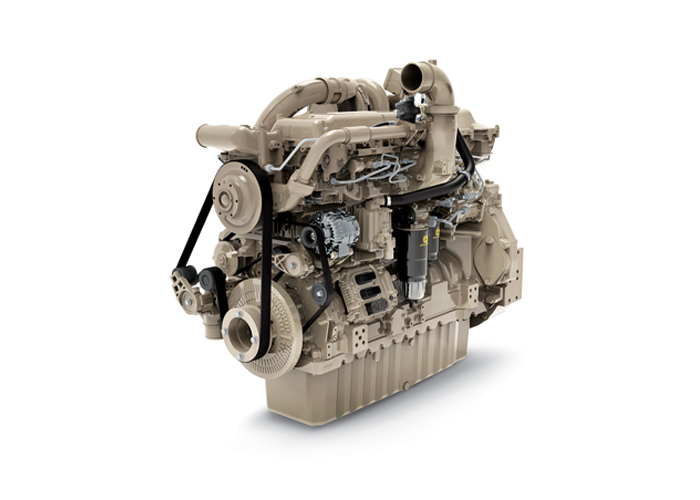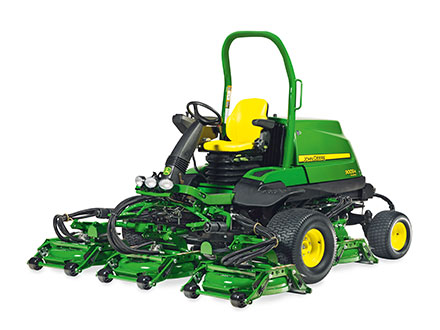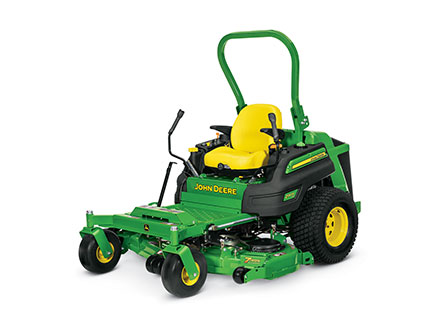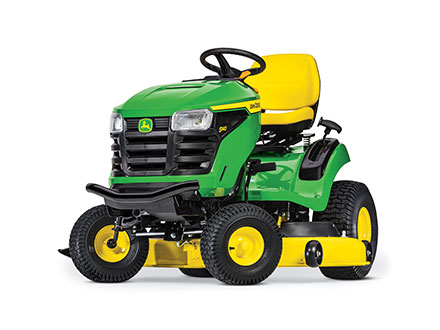John Deere’s new PowerTech 13.6L engine

AFGRI technical advisor Gert Grobler, who specialises on John Deere tractors, provided a detailed look into the new John Deere PowerTech 13.6L™ engine highlighting it’s real-world usability, and not just power on paper.
The muscle to handle heavy draft disks and rippers, power-hungry air seeders and planters, and large transport loads like grain carts and slurry wagons. The durable design and heavy-duty components you can depend on when you need to get in and get out.
You get real-world power with the purpose-built 13.6L (827-cu in.) engines from John Deere Power Systems, standard in the 291 to 440 engine kW (390 to 590 engine hp) 9 Series Tractors.
The 13.6L is an inline 6-cylinder, 4-valve turbo-charged diesel engine. John Deere developed their newest power plant from a clean sheet of paper, starting with stronger castings, beefier bearings and more robust internal components, all designed to meet the high demands of field operations.
They replaced the unit type fuel injectors with a high-pressure common rail (HPCR) fuel system, and for FT4 configurations, eliminated the diesel particulate filter (DPF) to boost the fuel efficiency and lower operation and maintenance costs. Integrated coolant and oil passages, along with a new belt-driven water pump, eliminate potential leak points and allow for a less-crowded engine compartment, improving serviceability.
The engine has been designed for improved access to maintenance points and has reduced the number of required regular maintenance items. The latest JDPS software model-based controls reduce the number of sensors and false fault codes, as well as improve diagnostics. Fewer sensors and wiring connections are required because the ECU creates a virtual internal-engine operating environment. The model-based controls improve the ECU capability to isolate failures and identify false positive diagnostic codes. This improves troubleshooting, repair time and reduces false situations where pre-emptive actions to protect the engine might be required.
In addition to reliability, model-based controls improve engine response. The load response, also known as transient response, is improved because the ECU does not solely depend on slower sensor feedback. Along with individual sensors, the 13.6L engine has several combination sensors. For example, separate temperature and pressure sensing functionality was combined into one sensor. That means fewer sensors, connectors, and wires.
In redesigning the engine, they also gave it:
> Hydraulic valve lash adjusters to maintain valve-lash settings during engine operation, reduce valve train noise and wear, and allow for greater fuel efficiency.
> A new integrated wiring harness design featuring a modular layout for reduced vibration, greater reliability, and easier service and diagnostics.
> A rear gear train that integrates fully into the cast-iron block, reducing tiresome engine noise and improving the durability of the crankshaft damper.
> Combination sensors where possible, meaning fewer sensors, connectors, and wires.
It all adds up to:
> 14% more power and 11 percent more torque.
> 3% lower fuel consumption.
> 10% lighter engine.
> 27% reduction in mean repair time, as well as savings in service costs over the life of the engine.
Overall, this engine has been designed to provide more power and better efficiency, in a smaller, lighter, quieter package.
The new PowerTech™ 13.6L (827-cu in.) engine will be available in the new 9R series tractors and the all-new John Deere X9 combine harvester. For more information, contact your local AFGRI branch today.






